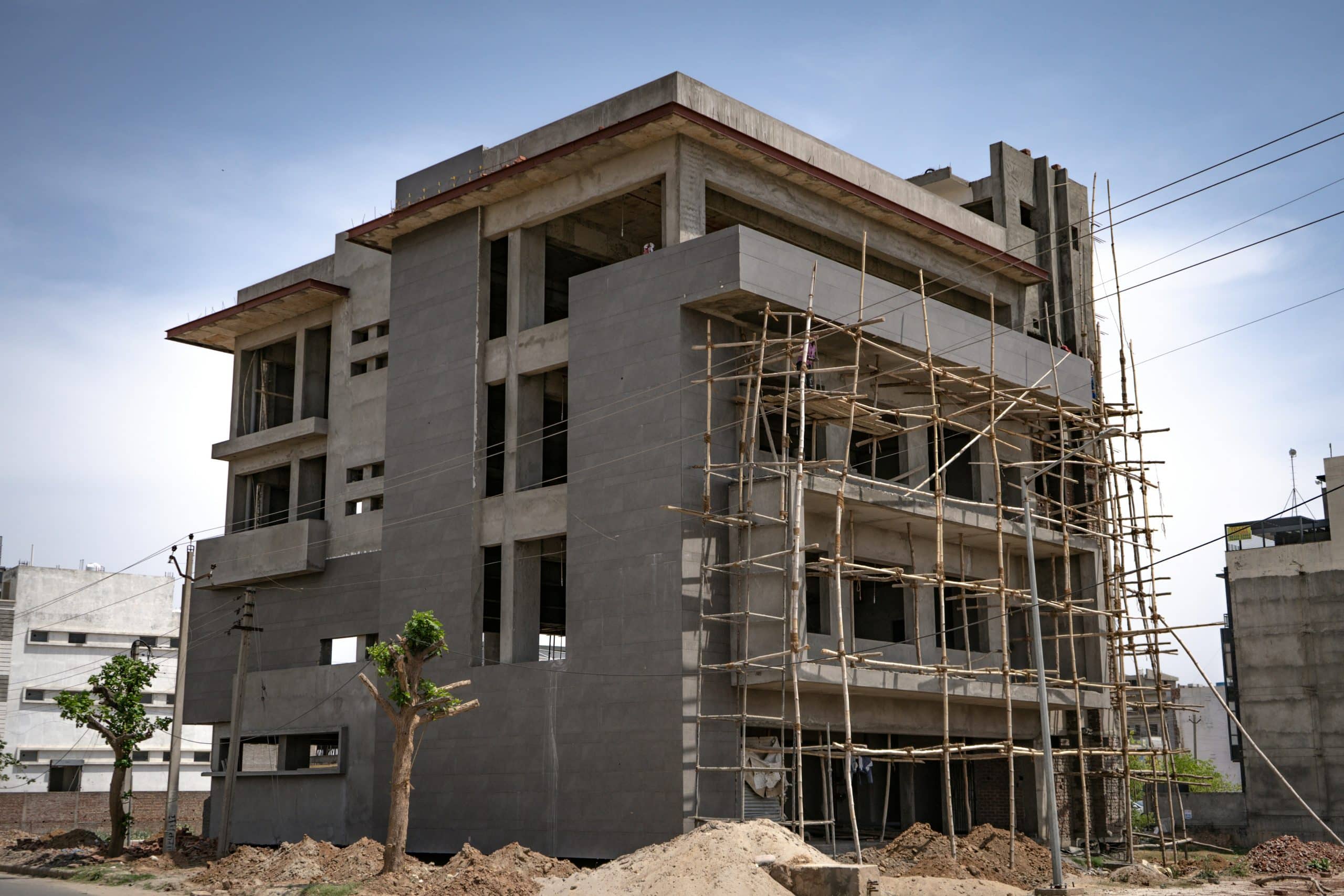What are the innovative approaches to ensuring water quality and conservation in real estate developments?

As our world continues to grow and evolve, the importance of sustainable practices in all spheres of human activity has never been more pressing. In the realm of real estate development, one of the critical areas where this relevance is felt intensely is water quality and conservation. Water is a vital resource, and as such, effective strategies for its management, particularly in relation to runoff and stormwater, are needed. This article explores the innovative methods being employed to ensure water quality and conservation in real estate developments.
Green Infrastructure: A Sustainable Solution
Green infrastructure is an ecological approach focused on managing water while delivering environmental, social, and economic benefits. By mimicking the natural water cycle, it allows for the conservation of water resources and the maintenance of water quality.
En parallèle : How can real estate projects address the challenges of air pollution in densely populated urban areas?
Green infrastructure can be incorporated into real estate developments in various ways. For instance, green roofs and rain gardens can capture and filter stormwater runoff, reducing the amount of water that enters the sewer system. Likewise, permeable pavements allow water to infiltrate the ground, replenishing groundwater supplies and mitigating flooding risks.
Moreover, green infrastructure can contribute to the creation of healthier and more appealing living and working environments. It presents an opportunity to introduce nature into urban settings, offering a range of benefits from improved air quality to increased biodiversity.
Lire également : How to leverage the Internet of Things (IoT) for advanced energy management in commercial real estate?
The Role of NRCS in Water Quality and Conservation
The Natural Resources Conservation Service (NRCS) plays a pivotal role in providing technical assistance and resources to developers aiming for sustainable growth. They focus on implementing practices that help protect and conserve water resources, ensuring its quality and availability for future generations.
The NRCS supports green infrastructure development by providing developers with the necessary technical guidance to design systems that efficiently manage water. This includes strategies for stormwater management, runoff control, and water conservation. The NRCS also offers financial assistance to help implement these systems.
In line with their mission, the NRCS promotes the use of low impact development (LID) strategies. These are design approaches that aim to maintain and enhance the natural water balance within a development.
Innovative Water Management Systems
Innovative water management systems also serve as a practical approach to ensuring water quality and conservation. These systems incorporate state-of-the-art technologies to efficiently manage water resources, reduce waste, and ensure water quality.
For instance, smart irrigation systems can drastically reduce water usage in landscaping by using real-time weather data to adjust watering schedules. Similarly, greywater recycling systems can reuse water from sinks, showers, and washing machines for purposes like toilet flushing and irrigation, reducing the overall water demand.
Water-sensitive urban design (WSUD) is another innovative approach that integrates the water cycle, including stormwater, groundwater, and wastewater management, into urban planning and design. WSUD strategies aim to minimize water wastage, protect water quality, and enhance the liveability of urban environments.
Sustainable Development Strategies and Practices
Sustainable development strategies play a significant role in ensuring water quality and conservation. These strategies focus on designing developments that are in harmony with the natural environment.
For instance, clustering buildings can reduce impervious surfaces, reducing stormwater runoff and promoting water infiltration. Similarly, preserving natural vegetation and wetlands can provide natural filtration for stormwater, improving its quality before it re-enters water bodies.
Sustainable development practices also emphasize the importance of stakeholder engagement. By involving local communities in the planning process, developers can ensure that their projects meet the needs of the residents while also respecting the natural environment.
The Future of Water Quality and Conservation in Real Estate Development
The future of water quality and conservation in real estate development lies in combining these innovative approaches in a comprehensive, systemic way. By integrating green infrastructure, sustainable development strategies, innovative water management systems, and the expertise of organizations like the NRCS, developers can create projects that are environmentally sound, economically viable, and socially beneficial.
In light of the global water crisis, these practices are not just desirable but necessary. As we move forward, they will become increasingly critical in shaping a sustainable and resilient future for our communities. The challenge lies not only in adopting these practices but in continually refining and improving them to meet the evolving needs of our world.
In essence, the future of water quality and conservation in real estate developments depends on the ability of developers to embrace a holistic, innovative, and sustainable approach to managing water resources. This is not just about responding to regulations or meeting minimum standards. It’s about acknowledging the importance of water to life, and the responsibility we all have to conserve and protect this vital resource.
The Nexus Between Climate Change and Water Conservation in Real Estate Development
Climate change and its associated impacts have profound implications for water resources worldwide. They can exacerbate water scarcity, alter hydrological patterns, and increase the frequency and intensity of extreme weather events such as floods and droughts. In the context of real estate development, these changes present unique challenges that require innovative responses.
One of the novel ways in which real estate developers are tackling this issue is by integrating climate adaptation strategies into their water management systems. For instance, developers are increasingly making use of climate-smart green infrastructure such as constructed wetlands and bio-swales. These approaches not only filter stormwater runoff thereby improving water quality, but also provide resilience against flooding.
Real estate developments are also deploying advanced water efficiency measures to reduce water usage. These include installing low-flow fixtures, implementing efficient irrigation practices, and using water-efficient appliances. Some developments are even turning to alternative water supplies, such as reclaimed water, to meet their water needs, thereby reducing their reliance on conventional water sources.
Moreover, developers are realizing the need to engage with broader climate change mitigation efforts. Buildings are responsible for a significant portion of global greenhouse gas emissions, and as such, reducing the carbon footprint of real estate developments can indirectly contribute to water conservation. This can be achieved through energy efficiency, the use of renewable energy, and the adoption of sustainable construction materials and practices.
The Role of Water Sanitation in Ensuring Water Quality
Water sanitation plays a crucial role in maintaining water quality in real estate developments. It involves the treatment of wastewater generated from a variety of sources, including domestic uses, industrial processes, and stormwater runoff, to ensure that it is safe for reuse or discharge into the environment.
Innovative wastewater treatment technologies are transforming how water sanitation is approached in real estate developments. These technologies not only ensure the removal of harmful contaminants from wastewater but also recover valuable resources such as nutrients and energy.
One such technology is decentralized wastewater treatment systems. Unlike traditional centralized systems that treat wastewater at a single location, decentralized systems treat wastewater at or near the point of generation. This reduces the need for extensive sewer networks, minimizes the risk of sewer overflows, and allows for the localized reuse of treated wastewater.
Another promising technology is membrane bioreactors (MBRs). MBRs combine conventional activated sludge treatment with membrane filtration, resulting in high-quality effluent that can be reused for a variety of non-potable uses, contributing to water conservation.
Conclusion: Towards Holistic Water Management in Real Estate Development
The innovative approaches discussed above offer promising pathways towards achieving water quality and conservation in real estate developments. However, to realize this goal, these approaches need to be integrated into a holistic water management framework that addresses all aspects of the water cycle.
This framework should couple green infrastructure and water-efficient technologies with effective water sanitation methods to ensure that both water quantity and quality are maintained. It should also incorporate climate adaptation strategies to ensure the resilience of water management systems in the face of climate change.
To operationalize this framework, technical assistance from institutions like the NRCS, regulatory support, and financial incentives are necessary. Moreover, collaboration among various stakeholders, including developers, local communities, and government agencies, is key to aligning development goals with water conservation objectives.
Ultimately, ensuring water quality and conservation in real estate developments is not just about securing our water resources for the future. It’s about creating sustainable and livable communities that can thrive in harmony with their natural environment. In an era of unprecedented environmental challenges, this is the path that we must strive to follow.
